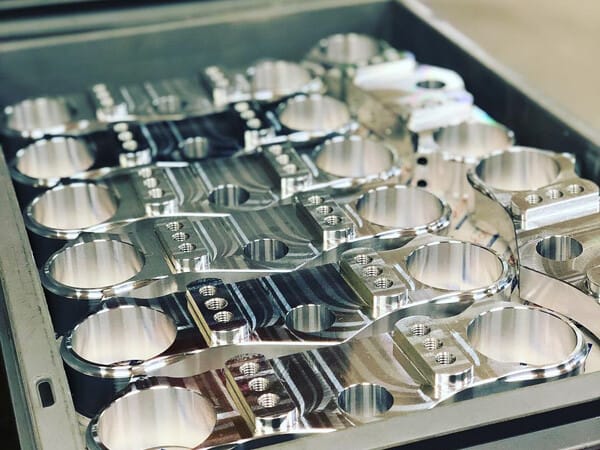
Rapid Prototyping & Rapid Manufacturing Expert
Specialize in CNC machining, 3D printing, urethane casting, rapid tooling, injection molding, metal casting, sheet metal and extrusion
Prototype to Mass Production
It takes 5 steps from starting prototype to mass production. Developing hardware is a long and costly process. If you are a start up developing electronic equipment or any complex product, you should determine the exact process involved before going into any hardware mass production.
Let’s take a closer look at this process. There are five steps to putting your launch prototype to mass production:
1.Perfect the concept
You should conduct detailed market research and refine what value your product will provide to your customers. Part of this step is identifying your customer base and their needs. The process will also include rough sketches and extensive notes on your concept and how it will meet customer needs.
Avoid jumping directly into the way the product is manufactured. Instead, it’s best to think about who is trying to solve the problem and why your product is the solution to their problem.

2. Visualize 3D concepts
After you refine and define the concept, you need to create a 3D model of the product. There are countless software options to help you visualize your concepts in 3D. Your choice depends on the complexity of the concept.
With the model determined, your product is now ready for rapid prototyping.
3. Develop a prototype
Prototypes will enable you to show potential customers and venture capitalists the exact information you provide. This way, you can provide them with prototypes as product samples. Even if you want to make prototypes quickly (for more information, visit https://www.ddprototype.com), there are many options. Do some research to find out how long it takes to develop a prototype.
Once your potential customers see or use the prototype, they have an idea of what the final product will look like. In addition, they will be able to provide valuable feedback on products that are still in beta. Based on the feedback, you will be able to decide whether you want to take the prototype to the next level, that is, mass production, or that you need to make further changes while manufacturing the product.

4. Test and improve the product
Now that you have your prototype ready, the next job is to make sure it is good enough for the actual market. Your prototype must go through three testing phases:
Engineering Verification and Testing (EVT)
In this test, functional requirements are checked against those originally emphasized during market research. Does your prototype meet your target needs? Once all requirements for functionality, performance and reliability have been met, the prototype is ready for the next phase of testing.

Design Verification and Testing (DVT)
The next thing to check is whether your product is suitable for its intended environment. The product will be produced on a small scale, and these batches will be tested for practical problems, such as falling from a height or falling into water.
Depending on the country where you plan to sell your product, at this stage, make sure your product meets the required standards and certifications.
Production Verification and Testing (PVT)
This is the final stage of testing and involves setting up a pilot production line and checking for any failures. At the end of this phase, you and your contract manufacturer can decide whether to continue mass production.
5. Mass production
Now you can finally start mass production. Keep in mind that it is important to keep looking for any issues in the design or manufacturing process. In this step, you should continue testing and run a reliability check on the product. Once you have determined that all quality issues have been resolved, you can maximize the output to the desired level. At this point, volume is not only the only decision, but also how you want the product to look and assemble. The first step of market research will be of great help at this stage, as you will understand customer preferences.
The above steps should ease the task of mass production. With fault classification, you will be better prepared to meet the challenges you will encounter in the process.

All for Customer
We provide high quality manufacturing solutions that can complete your design in a few hours. This gives you the opportunity to rigorously test the product and make all necessary changes to improve your design before full production.
Forging strategic alliances with like-minded firms, DDPROTOTYPE offers turnkey solutions to their customers- managing projects from start to finish. If the job calls for an operation outside their area of expertise, DDPROTOTYPE sources the operation to fulfill their customer’s requirements.


